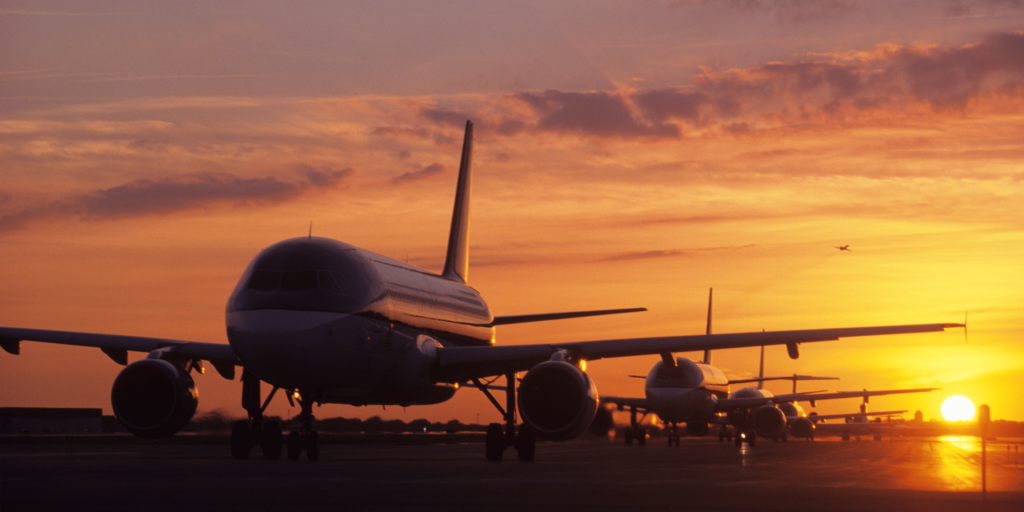Welcome, aviation enthusiasts and curious readers! Today, we delve into the intriguing world of airport runways, focusing primarily on their length requirements for different types of popular aircrafts. For most people, runways are just flat, long surfaces, yet they hold a strategic significance in aviation.
The length of a runway can determine the types of aircraft it can accommodate, and thereby the nature of air traffic it can handle. But what determines the required length for different aircraft?
Factors such as the aircraft’s weight, the altitude of the airport, and weather conditions all come into play. In this post, we will explore the specific runway length necessities of various aircraft, from small private jets to colossal commercial airliners.
This exploration will provide a clear understanding of why different aircraft require different runway lengths and the critical role these lengths play in safe and efficient air travel. Join us as we embark on this fascinating journey, shedding light on an often overlooked, but integral aspect of aviation.
Introduction to Runway Lengths and Types of Aircrafts
Continuing our exploration into the sphere of aviation, let’s understand more about the intriguing correlation between runway lengths and the types of aircraft they serve. Each aircraft, based on its design, purpose, and load, requires a specific runway length to take off and land safely.
For instance, small general aviation aircraft like the Cessna 172 can comfortably operate on runways as short as 1,500 feet. On the other hand, large commercial jets, such as the Boeing 747, require a far greater runway length — typically upwards of 10,000 feet.
This vast difference is primarily due to the larger aircraft’s significantly greater weight and speed. This simple comparison highlights the importance of appropriate runway length for safe aircraft operation.
Airports will carefully consider their runway lengths based on the types of aircraft they plan to serve and the safety of the passengers and crew aboard these aircraft. In the subsequent sections of this blog, we will delve deeper into the specific runway length requirements of various popular aircraft.
Runway length required for small planes
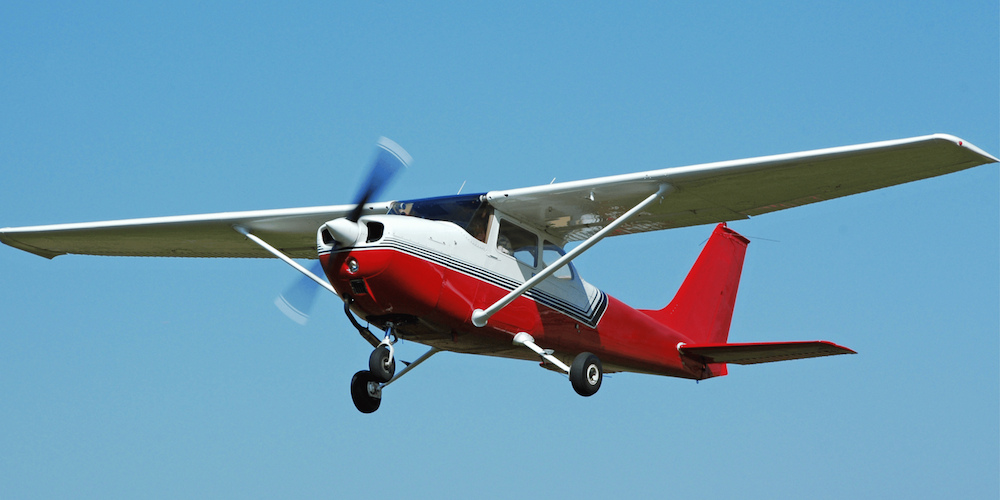
Small aircrafts, often termed as general aviation aircrafts, include a variety of airplane models aimed for personal or business use, pilot training, and other non-commercial purposes. One of the well-known representatives of this category is the Cessna 172.
The Cessna 172, a light, high-wing general aviation aircraft, is renowned for its reliability and uncomplicated handling characteristics. It’s designed for short and semi-hard runways, making it a popular choice for flight schools and private owners alike.
The typical runway length requirement for a Cessna 172 is as short as 1,500 ft (457 m) for both takeoff and landing. On the other hand the runway length required for Cessna 150, is approximately 1,385 ft (422 m) for take-off, 1,075 ft (328 m) for landing.
This short runway requirement is achievable due to these aircraft’s lightweight and comparatively low operating speed. The FAA states that smaller airplanes with approach speeds of between 30 and 50 knots should use 800 feet (244m) of runway at mean sea level.
Runway length required for private jets
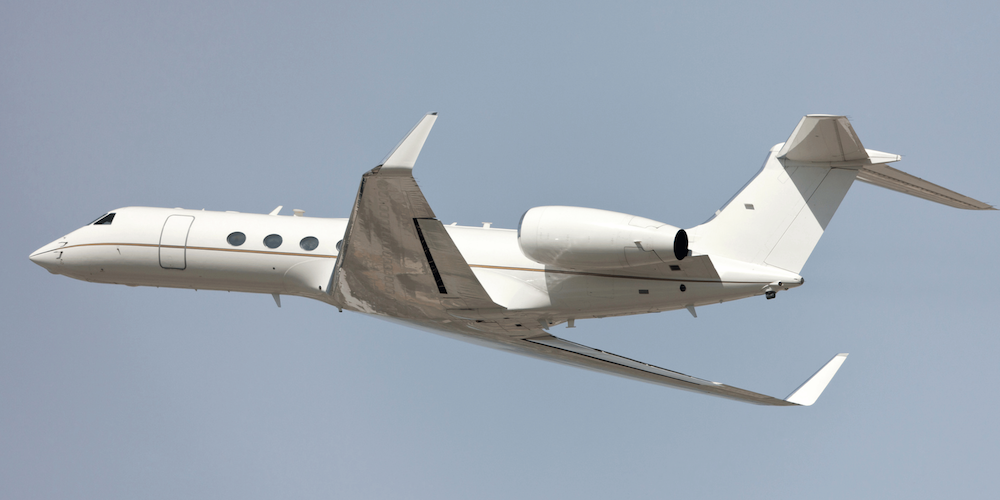
Private jets, also known as business jets, are designed for transporting smaller groups of people, offering luxury, convenience, and flexibility. These aircraft tend to be larger and faster than small general aviation aircraft and therefore require longer runways both for takeoff and landing.
A popular example of a private jet is the Gulfstream G650. It’s a long-range, large-cabin business jet that can reach speeds up to Mach 0.925. Gulfstream G650 jet requires a runway length of about 6,000 feet (1,829 meters) for takeoff, and for landing, the required distance is 3,000 feet (914 meters).
Another common private jet, the Bombardier Global Express, which is capable of flying intercontinental ranges without refueling, requires a runway length of 5,540 feet (1,689 meters) for takeoff, and for landing, the required runway length is 2,670 feet (814 meters).
These length requirements cater to the higher approach speeds and the heavier weights of these aircraft. It’s also important to note that factors like altitude, temperature, and wind can significantly impact the required runway length for takeoff and landing.
Runway length required for commercial airliners
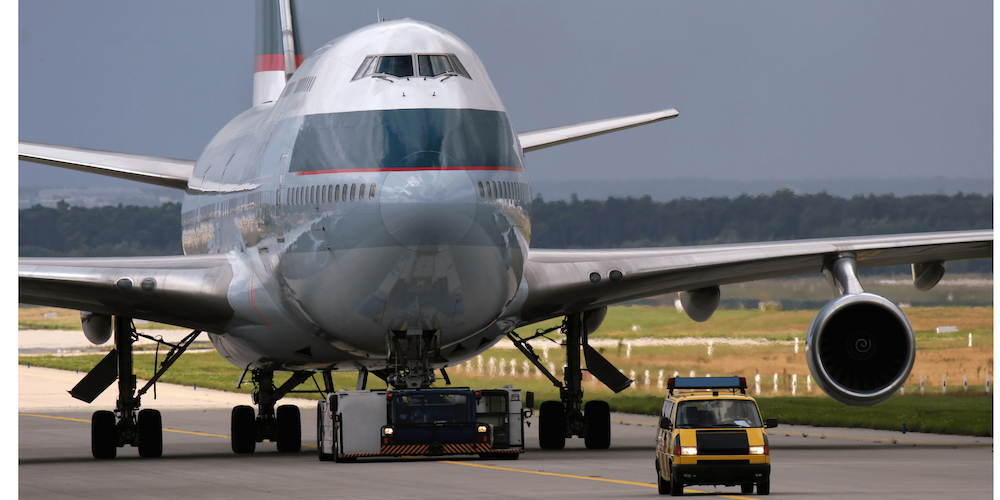
Commercial airliners, such as the Boeing 747 and Airbus A380, stand as the giants of aviation, designed to transport hundreds of passengers over long distances.
Due to their substantial size, weight, and high operating speeds, these aircraft require considerably longer runways for both takeoff and landing compared to private jets and small general aviation aircraft.
For instance, the Boeing 747-400, a popular long-haul commercial jet, needs a takeoff runway length of approximately 10,000-11,000 feet (about 3,048-3,353 meters), while for landing, the required length drops to approximately 7,500 feet (2,286 meters).
Similarly, the Airbus A380, the world’s largest passenger airplane, requires a runway length of approximately 9,000 feet (2,743 meters) for takeoff, and for landing, it requires a length of 7,500 feet (2,286 meters).
These substantial lengths accommodate these airliners’ heavy weights and high approach speeds. As with smaller aircraft, factors such as altitude, temperature, and wind can significantly influence the required runway length for both takeoff and landing.
Runway length required for military planes
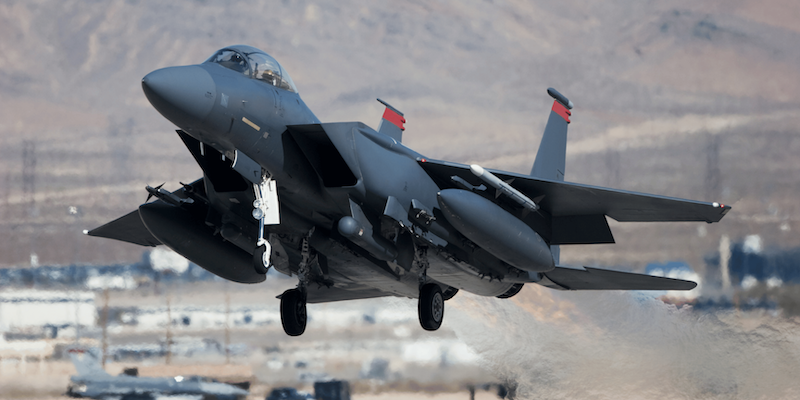
Military aircraft, like their civilian counterparts, have specific runway length requirements that depend largely on their size, weight, and design. However, these requirements can be significantly different due to the unique operational needs and capabilities of military planes.
For example, a highly maneuverable tactical fighter, the F-15 Eagle, requires a minimum runway length of 3,000 feet (approximately 914 meters) for takeoff. The heavier C-130 Hercules, a military transport aircraft, needs a runway length of about 3,500 feet (1,067 meters) for landing and 6,000 feet (1,829 meters) for takeoff.
Then there’s the B-52 Stratofortress, a long-range strategic bomber, which requires a whopping 8,000 feet (2,438 meters) for takeoff. These highly specialized aircraft have design features that enable them to operate effectively even from relatively shorter runways under certain conditions.
Just like commercial airliners and private jets, factors such as altitude, temperature, and wind play a significant role in defining the runway requirements for these military planes.
Tailoring runway lengths to the specific needs of different types of aircraft ensures the safety and efficiency of operations in peace and in conflict situations.
Conclusion
In conclusion, understanding the runway length requirements for different types of aircraft is crucial in ensuring safe and efficient operations, whether in the context of commercial air travel or military missions.
These requirements, influenced by factors such as aircraft size, weight, design, altitude, temperature, and wind, in addition to other factors, help in planning and constructing runways that cater to a diverse range of aircraft.
By tailoring runway lengths to specific operational needs, aviation authorities can ensure smoother takeoffs and landings, thereby enhancing the overall safety and efficiency of air travel.
I need to state this explicitly again any of the numbers given, although come from highly authoritative sources, are only approximate values, and as mentioned, the length of runway required for different aircraft differs based on numerous factors.
To understand what the manufacturers of some of the most popular airlines have to say about the runway length requirements do check the following links: Boeing, Bombardier, Embraer
Some interesting runway requirements of other popular aircrafts
What is the runway length required for Boeing 737-800?
The Boeing 737-800 needs about 7,600 ft (2,316 m) for take-off and 5,400 ft (1,646 m) for landing.
What is the runway length required for F-35B Lightning II?
The F-35B Lightning II, can perform a short take-off and vertical landing (STOVL) on a runway as short as 450 ft (137 m).
What is the runway length required for C-17 Globemaster III?
The C-17 Globemaster III, needs about 7,600 ft (2,316 m) for take-off and 3,500 ft (1,067 m) for landing.
What is the runway length required for Boeing 777?
here are some approximate values for Boeing 777 landing at mean sea level:
- Boeing 777-200LR: Landing: 1,675 m (5,495 ft)
- Boeing 777-300: Landing: 1,844 m (6,050 ft)
- Boeing 777-300ER: Landing: 1,920 m (6,300 ft)
These values are for landing only and do not include the required runway end safety areas (RESAs). For take-off, the runway length requirements are much higher and can vary significantly depending on the payload and fuel load. For example, according to wikipedia, the Boeing 777-300ER needs about 3,200 m (10,500 ft) of runway for take-off at maximum take-off weight.

